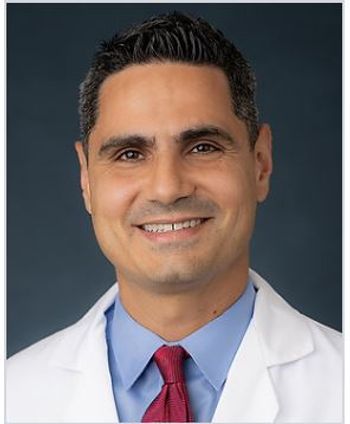
Early Diabetic Retinopathy
A 63-year-old man presented for his annual eye examination. He has had type 2 diabetes for the past 20 years and takes glipizide.
A 63-year-old man presented for his annual eye examination. He has had type 2 diabetes for the past 20 years and takes glipizide.
His best corrected visual acuity was 20/25 in the right eye and 20/20 in the left eye. Examination revealed early nuclear sclerotic lenticular changes in the right eye. There was no iris rubeosis. A dilated fundus examination identified hard exudates infranasal to the fovea, parafoveal microaneurysms, macular edema, and dot hemorrhages outside the retinal vessel arcades. The hard exudates and macular edema were within 500 microns of the foveal center, which meant that the patient was a candidate for foveal laser treatment, according to the Early Treatment Diabetic Retinopathy Study criteria.1-3 A fluorescein angiogram confirmed the presence of hyperfluorescence infranasal to the fovea and macular edema, and focal macular laser treatment was scheduled.
References:
REFERENCES:1. Photocoagulation for diabetic macular edema. Early Treatment Diabetic Retinopathy Study report number1. Early Treatment Diabetic Retinopathy Study Research Group. Arch Ophthalmol. 1985;103:1796-1806.
2. Treatment techniques and clinical guidelines for photocoagulation of diabetic macular edema. Early TreatmentDiabetic Retinopathy Study Report Number 2. Early Treatment Diabetic Retinopathy Study ResearchGroup. Ophthalmology. 1987;94:761-774.
3. Photocoagulation for diabetic macular edema. Early Treatment Diabetic Retinopathy Study Report no. 4.Early Treatment Diabetic Retinopathy Study Research Group. Int Ophthalmol Clin. 1987;27:265-272.
Newsletter
Enhance your clinical practice with the Patient Care newsletter, offering the latest evidence-based guidelines, diagnostic insights, and treatment strategies for primary care physicians.

































































































































































































































































































